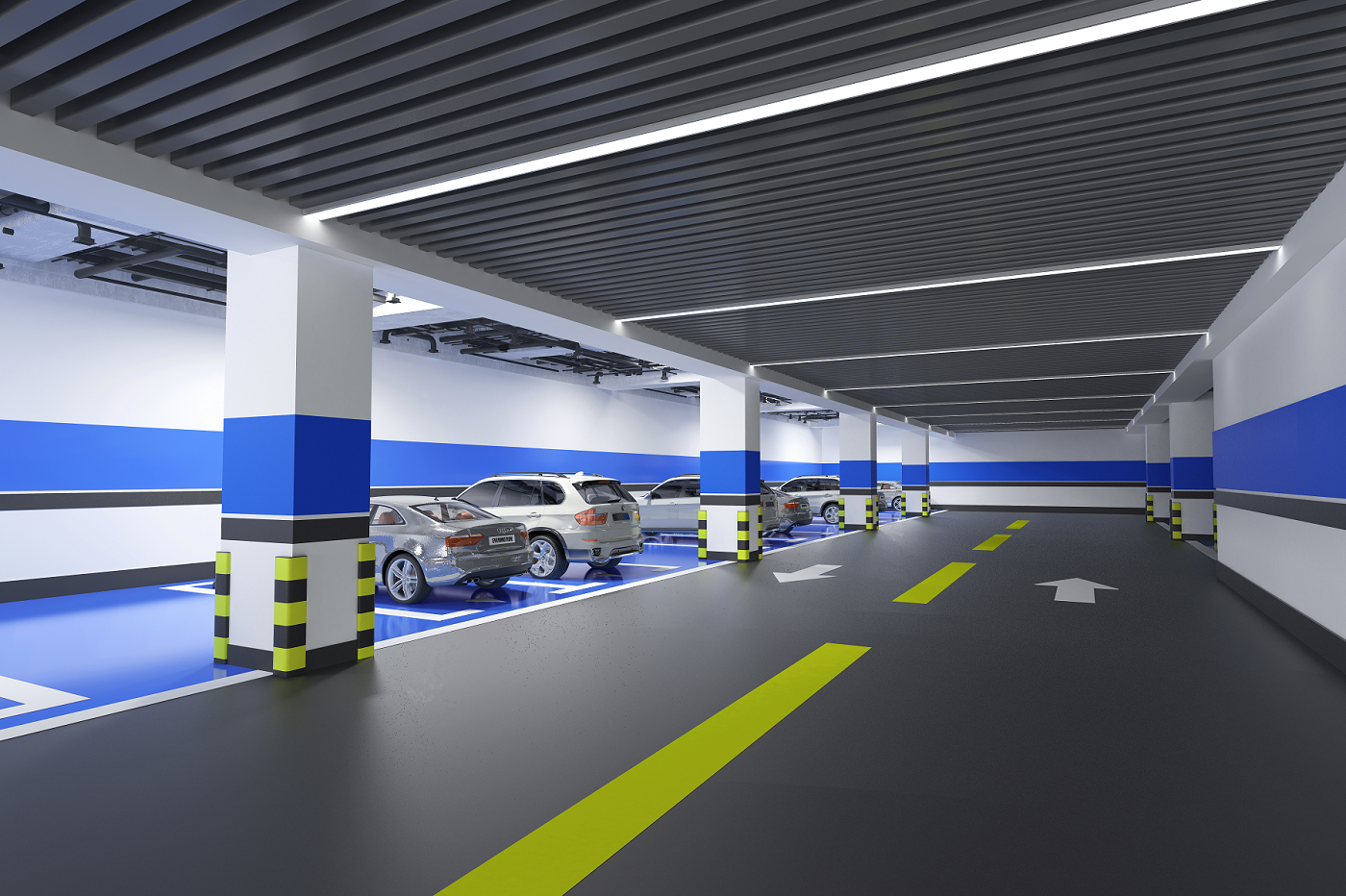Thermoset resin matrix composites are one of the most researched and widely used composites today. It has light weight, high strength, high modulus, good corrosion resistance, excellent electrical properties, a wide range of raw materials, easy processing and molding, high production efficiency, and has the material designability and some other special properties, such as vibration damping, sound dissipation, electromagnetic wave transmission, stealth, ablation resistance and other characteristics, has become an important material irreplaceable in the national economy, national defense construction and scientific and technological development. The most used resins in thermosetting resin-based composites are still phenolic resins, unsaturated poly-tyrosine resins and epoxy resins, the three major thermosetting resins. The performance of these three resin classes has its own characteristics: phenolic resin has high heat resistance, good acid resistance and fast curing speed, but is brittle and requires high pressure molding; unsaturated poly cheese resin has good processability and lowest price, but poor performance; epoxy resin has high bond strength and cohesive strength, excellent corrosion resistance and dielectric properties, and the best overall performance, but is more expensive. Therefore, in practical engineering, epoxy resin composites are mostly used for applications requiring high performance, such as structural materials, corrosion resistant materials, electrical insulation materials and wave-transparent materials.

YQXPOLYMER 9201A/B is a special epoxy resin curing agent system for megawatt wind turbine blades with long operating time, excellent mechanical strength and DNV certified. 9201A/B has low mixing viscosity, excellent fiber wettability, long gel time and operable time, low exothermic peak, and excellent comprehensive mechanical properties after curing.
9201AB EPOXY RESIN CURING SYSTEM TECHNICAL DATA SHEET
Classification of Epoxy Resin Composites
- According to the purpose, they can be divided into epoxy structural composites, epoxy functional composites and epoxy functional structural composites. Structural composites are compounded by the mechanical properties of the constituent materials so that they can be used as stressed structural materials and can be designed and manufactured according to the stresses in order to achieve the best state of the material performance register ratio. Functional composites are compounded by other properties of the constituent materials (such as light, electricity, heat, corrosion resistance, etc.) in order to obtain materials with certain ideal functions. Examples include epoxy laminates, epoxy electronic plastisol’s, randoms, etc. It should be noted that, no matter which functional material is used, it must have the necessary mechanical properties, otherwise the best functional material is not practical. There are already some functional materials that also have to have high strength, such as high-voltage insulator mandrel, which requires high insulation and strength, and is an insulating structural composite material.
- According to the molding pressure can be divided into high-pressure molding materials (molding pressure 5-30MPa), such as epoxy engineering plastics and epoxy laminated plastics; low-pressure molding materials (molding pressure<2.5MPa), such as epoxy glass fiber reinforced plastic and high-performance epoxy composite materials. FRP and high-performance composites are not suitable for high pressure molding because of the large size of the parts (up to several m²) and the fact that the surface is usually not flat. Otherwise, the mold cost is too high and the press tonnage is too large, thus the cost is too expensive.
- According to the characteristics of epoxy composite materials, molding methods, products and application fields, and taking care of the customary names, they can be divided into: epoxy resin engineering plastics, epoxy resin laminated plastics, epoxy resin glass fiber reinforced plastics (general-purpose epoxy resin composites) and epoxy resin structural composites.
Components of Epoxy Resin Composite Materials
Epoxy resin composites are composed of an epoxy resin matrix, reinforcing materials and an interface layer between the two.
- Epoxy resin matrix, It is the curing material of the epoxy resin adhesive. The epoxy resin solution consists of epoxy resin, curing agent, accelerator, modifier, thinner, coupling agent and other additives. It is optional according to different use and process requirements.
- The reinforcing materials are mostly fibers and their fabrics, as well as particulate (powder) materials. The reinforcing effect generally increases with the increase of the length-to-diameter ratio of the reinforcing material. The enhancement effect of particulate materials is low, and they are mostly used for functional compounding, such as Si02 powder for insulation materials and colloidal graphite for plastic bearings. However, with the current rapid development and application of nanoscale materials, it is expected that the strengthening effect and functional composite effect will be substantially improved. A large number of fiber materials used are glass fibers and their fabrics. In the early days, cotton fabrics were used, due to the limitations of the source, and are now rarely used except for special needs. Chemical fibers such as polyester fibers can also be used. Short glass fibers are mostly used in epoxy engineering plastics, but asbestos fibers and cotton fibers can also be used. In the high-performance epoxy composite materials are mainly used carbon fibers, as well as it and aramid fibers, high-strength glass fibers of mixed fibers. In addition to using E a glass fiber and D-glass fiber in the redone, quartz fiber with better dielectric properties can also be used.
- Interface layer of epoxy resin matrix and reinforcing material In the process of compounding epoxy resin and reinforcing material, an interface layer is formed between them. The structure and properties of the interfacial layer are different from both the epoxy resin matrix and the reinforcing material. The high quality of the interfacial layer ensures that the potential of the matrix and fibers is highly developed and that the composite effect is fully realized.
Characteristics of epoxy resin composites
- Small density, high specific strength and specific modulus. The specific strength of high modulus carbon fiber epoxy composites is 5 times that of steel, 4 times that of aluminum alloy, and 3.2 times that of drill alloy. Its specific modulus is 5.5-6 times that of steel, aluminum alloy and Chin alloy. As a result, the weight of a carbon fiber epoxy composite component can be greatly reduced with the same strength and stiffness. This is incomparable to any existing metal material in terms of energy saving and improving the performance of the component.
- High fatigue strength and good breakage safety characteristics. Epoxy composites are first damaged at the weakest point under static or fatigue loading, such as transverse cracks, interface delamination, delamination and fiber breakage. However, the numerous fibers and interfaces prevent or retard crack expansion, and the matrix quickly redistributes the load and transfers it through the interface to the last broken fibers, so that the whole component can continue to carry the load and does not fracture immediately as a whole. Crack expansion is slow during the fatigue process and does not fracture rapidly until about 90% of the fatigue life. The overall fracture is preceded by a clear warning, so the breakage safety characteristics are good. In contrast, metallic materials often break abruptly under fatigue loading without obvious forewarning.
- Good vibration damping performance. The white vibration frequency of a structure is proportional to the square root of the specific modulus of the material, in addition to the shape of the structure itself. Epoxy composites have a high specific modulus and therefore also have a high self-vibration frequency. The high self-oscillation frequency is less likely to cause resonance during operation, which prevents early breakage due to resonance. At the same time, the interface between the fibres and the matrix in the composite has the ability to absorb vibrations, so it has a high vibration damping. Vibration tests on light metal alloy beams and carbon fibre composite beams of the same shape and size show that the light alloy beam takes 9s to stop vibrating, while the composite beam only takes 2.5s to come to rest.
- Good corrosion resistance, dielectric properties, electromagnetic wave transmission and overall performance. Heat resistance is also good.
- The whole component can be molded in one go, thus reducing the number of parts, fasteners and joints, improving the force state, saving raw materials and reducing the weight of the component. The tooling used is simple, the production cycle is short and the cost can be greatly reduced.
- Anisotropy and designability of material properties. This is the outstanding feature of composite materials, especially high-performance composites. The formulation design and lay-up design of composite materials can be carried out according to the load distribution and use conditions of engineering structures. Reasonably and effectively play the role and potential performance of each component material, to meet the predetermined requirements of material performance, to achieve the optimal design of the component, to achieve safety, reliability, economy and reasonableness.
Applications of Epoxy Resin Composites
- Epoxy resin engineering plastics are mainly used for engineering plastic parts that require high strength, good impact toughness and certain comprehensive performance such as heat resistance. Such as rocket tail fins, armor-piercing ammunition butt, sonar fins, etc. Also used as functional plastics, such as electronic components of the plastic sealing materials, water-lubricated plastic bearings.
- Epoxy resin laminated plastics are mainly used as insulation structural parts for electric motors and appliances. Among them, epoxy laminates are used in great quantities. Epoxy resin FRP is mainly used as corrosion-resistant containers, such as storage tanks, tanker trucks, electrolytic tanks, acid washing towers, etc. It is also used as radar cover.
- High-performance epoxy composite materials are mainly used as structural parts of aircraft, satellites, spacecraft, solid rocket engine shells, and high-grade sporting goods such as rackets, ball cupping, fishing rods, racing boats, etc.
More epoxy resin composite materials applications, please contact us via email: sales@yqxpolymer.com, or voice to us at: +86-28-8411-1861.
Some pictures and texts are reproduced from the Internet, and the copyright belongs to the original author. If there is any infringement, please contact us to delete.



